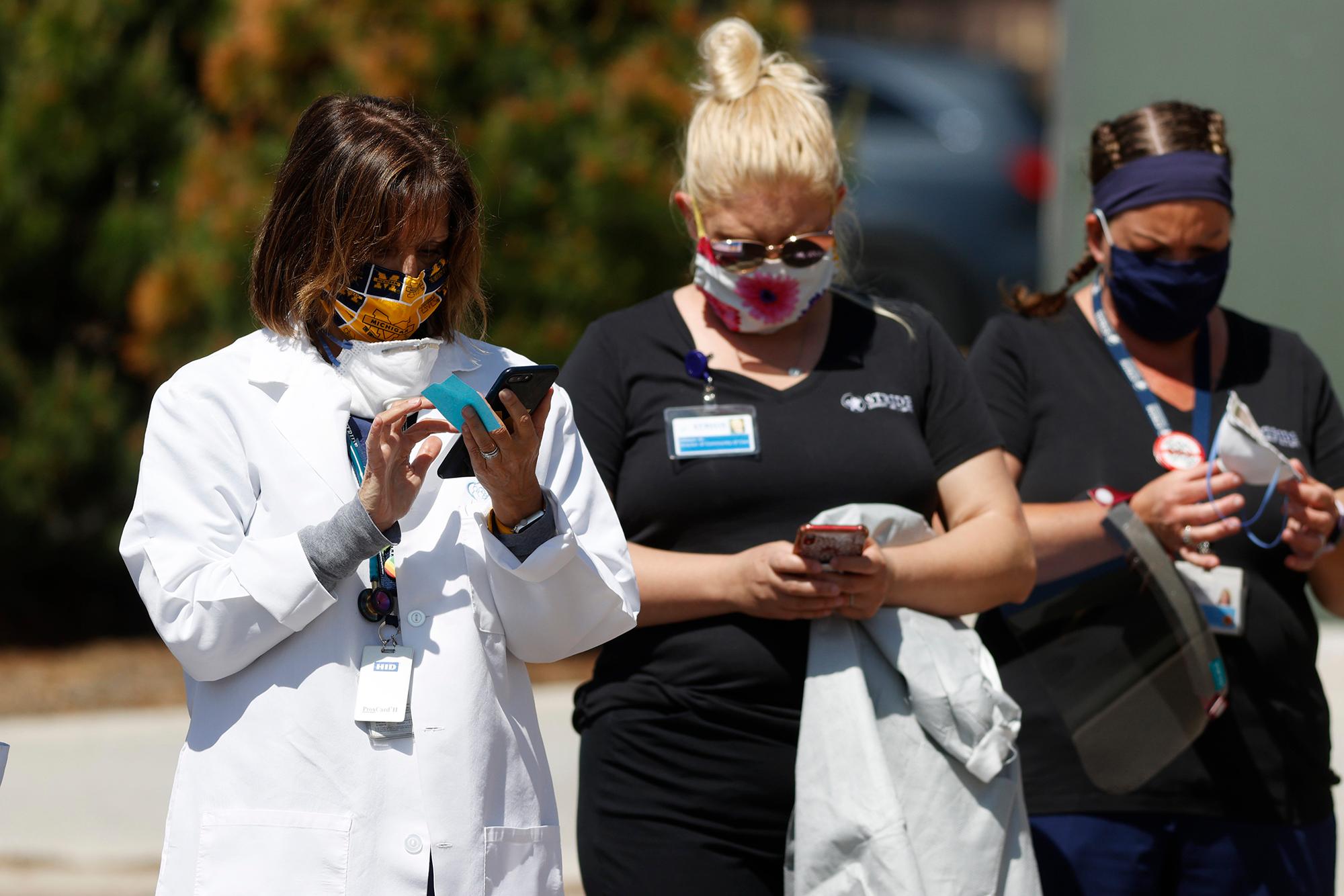
More than 10 percent of Coloradans have downloaded or enabled the Exposure Notification System since it was launched over the weekend as cases of coronavirus in the state reached a record high.
The mobile service was developed by teams at Google and Apple. The Colorado Department of Public Health and Environment worked with local public health jurisdictions across the state to coordinate the rollout.
A study from the University of Oxford modeled the app's effectiveness by using three counties in Washington state, and estimated that if 15 percent of Colorado's population enabled the exposure notification, infections could be reduced by 8 percent and fatalities by 6 percent.
However, the study is a preprint and has not been peer-reviewed yet, so the true benefit remains unknown. That hasn’t stopped state officials from optimistically describing the potential.
“These are game-changers in this landscape of increasing infections and hospitalizations,” said Sarah Tuneberg, special COVID-19 advisor for the health department, during a press call.
She indicated that the 587,615 people, or 10 percent of the population, who are using the app is not enough yet, but she’s confident more Coloradans will download the system over the coming days and weeks. Android phone users can download the app, while updated iPhones now have the capability and exposure notifications just have to be switched on.
“The more people who are in this, the more people who add their phone to the fight against COVID, the more protection we all get,” she said. “So everyone should do it. And the sky's the limit or the population is the limit.”
The service exchanges “tokens” with nearby phones that also have the program running and are within six feet of one another for at least ten minutes. The app uses push notifications and Bluetooth to share the “token” information, which do not contain personal identifying information, according to the health department.
If a person tests positive for COVID-19, they’re able to share that information through the app which will then notify others about possible exposure, but will not indicate who the person is with COVID-19.
People can’t lie about their test results, Tuneberg said. After receiving a positive test result they will get a link from a public health professional that allows them to access the app, answer a few questions and the app will notify people who may have been exposed. That link only works once.
Because of privacy concerns, Tuneberg said the state has opted out of collecting certain data points like user locations or demographic information.
“We felt it was much more important to protect privacy first and have less data on the state's side because we really want more people to enable the service, and the research we did found that the less tracking data, actually no tracking data, was the way to facilitate the highest level of adoption,” Tuneberg said. “It was a trade-off we really wanted because we'd rather save lives than have great data.”









